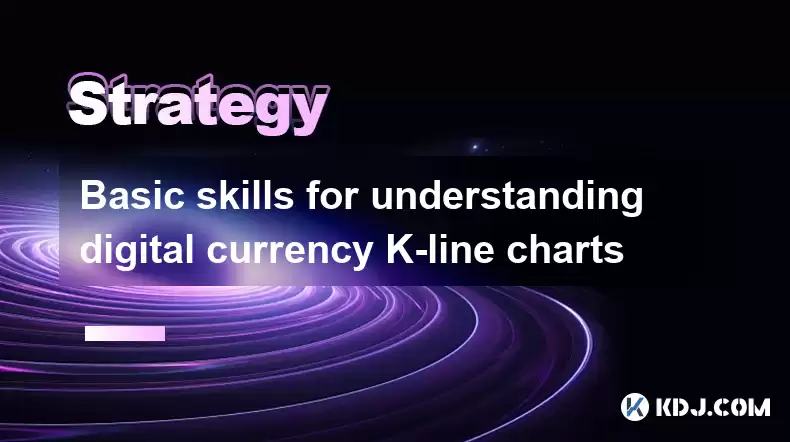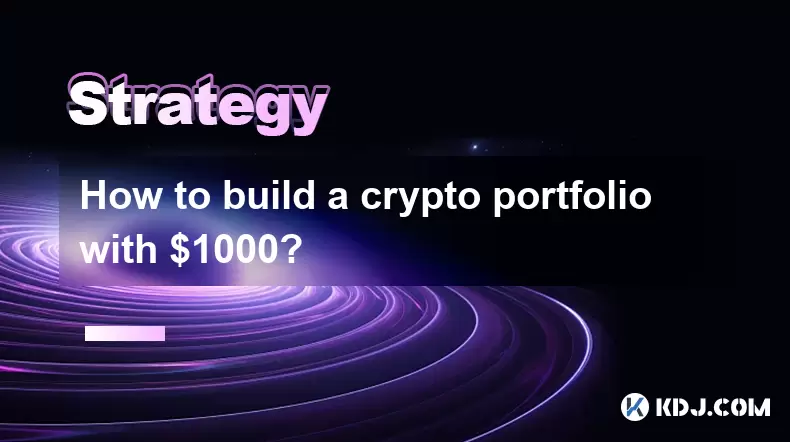-
 Bitcoin
Bitcoin $117500
2.15% -
 Ethereum
Ethereum $3911
6.19% -
 XRP
XRP $3.316
10.79% -
 Tether USDt
Tether USDt $1.000
0.01% -
 BNB
BNB $787.2
2.24% -
 Solana
Solana $175.2
4.15% -
 USDC
USDC $0.9999
0.00% -
 Dogecoin
Dogecoin $0.2225
8.40% -
 TRON
TRON $0.3383
0.28% -
 Cardano
Cardano $0.7868
6.02% -
 Stellar
Stellar $0.4382
9.34% -
 Hyperliquid
Hyperliquid $40.92
7.56% -
 Sui
Sui $3.764
7.63% -
 Chainlink
Chainlink $18.48
10.66% -
 Bitcoin Cash
Bitcoin Cash $582.1
1.88% -
 Hedera
Hedera $0.2601
6.30% -
 Avalanche
Avalanche $23.33
4.94% -
 Ethena USDe
Ethena USDe $1.001
0.02% -
 Litecoin
Litecoin $122.3
2.04% -
 UNUS SED LEO
UNUS SED LEO $8.969
-0.27% -
 Toncoin
Toncoin $3.339
0.86% -
 Shiba Inu
Shiba Inu $0.00001287
4.30% -
 Uniswap
Uniswap $10.43
7.38% -
 Polkadot
Polkadot $3.861
5.08% -
 Dai
Dai $1.000
0.02% -
 Bitget Token
Bitget Token $4.513
3.41% -
 Monero
Monero $267.7
-6.18% -
 Cronos
Cronos $0.1499
4.14% -
 Pepe
Pepe $0.00001110
5.15% -
 Aave
Aave $284.9
8.28%
Basic skills for understanding digital currency K-line charts
K-line charts are essential for crypto traders, showing price trends and key levels; understanding them helps in making informed trading decisions.
Apr 02, 2025 at 10:22 am

Deciphering the Language of Crypto: Understanding K-Line Charts
K-line charts are the bread and butter of technical analysis in the cryptocurrency world. They provide a visual representation of price movements over time, allowing traders to identify trends, support and resistance levels, and potential entry and exit points. Understanding how to read and interpret these charts is a crucial skill for any serious crypto investor. This article will break down the fundamental elements of K-line charts and equip you with the basic skills needed to navigate the often volatile world of cryptocurrency trading.
Understanding the Components of a K-Line
Each candlestick on a K-line chart represents a specific time period, typically ranging from one minute to one day. The candlestick itself contains crucial information about the price action during that period. The body of the candlestick shows the difference between the opening and closing prices. A green (or sometimes white) candlestick indicates a closing price higher than the opening price (a bullish candle), while a red (or sometimes black) candlestick signifies a closing price lower than the opening price (a bearish candle).
The wicks (or shadows) extending above and below the body represent the high and low prices reached during that period. A long upper wick suggests selling pressure at higher prices, while a long lower wick indicates buying pressure at lower prices. Short wicks can signify consolidation or indecision in the market. Analyzing the length and position of both the body and wicks is key to interpreting the overall sentiment and potential future price movement.
Identifying Trends with K-Line Charts
K-line charts are invaluable for identifying trends in cryptocurrency prices. An uptrend is characterized by a series of higher highs and higher lows, suggesting bullish momentum. Conversely, a downtrend is marked by lower highs and lower lows, indicating bearish pressure. A sideways trend (or consolidation) shows price fluctuating within a specific range, with no clear directional bias.
Identifying these trends helps traders align their strategies. In an uptrend, traders might look for buying opportunities, while in a downtrend, they might focus on short selling or hedging strategies. Understanding the prevailing trend is fundamental to making informed trading decisions. Recognizing trend reversals, signaled by breakouts from established ranges, is another crucial skill for successful trading.
Support and Resistance Levels
Support and resistance levels are crucial concepts in technical analysis. Support levels represent price points where buying pressure is strong enough to prevent further price declines. Resistance levels are price points where selling pressure is strong enough to prevent further price increases. These levels are often identified by horizontal lines drawn across the chart at previous price highs (resistance) and lows (support).
A break above a resistance level often signals a bullish breakout, while a break below a support level can indicate a bearish breakout. These breakouts can be significant events, potentially leading to substantial price movements. Traders often use support and resistance levels to set stop-loss orders and take-profit targets.
Moving Averages: Smoothing Out the Noise
Moving averages are another essential tool used in conjunction with K-line charts. They smooth out price fluctuations, making it easier to identify trends and potential turning points. Commonly used moving averages include the simple moving average (SMA) and the exponential moving average (EMA).
SMAs calculate the average price over a specified period, while EMAs give more weight to recent prices. Traders often use multiple moving averages with different time periods to identify potential buy or sell signals. For example, a bullish crossover occurs when a shorter-term moving average crosses above a longer-term moving average, suggesting a potential uptrend. The reverse is true for a bearish crossover.
Candlestick Patterns: Deciphering Price Action
Candlestick patterns are specific combinations of candlesticks that can provide insights into potential price movements. Some common patterns include:
- Hammer: A bullish reversal pattern characterized by a small body with a long lower wick.
- Hanging Man: A bearish reversal pattern similar to a hammer, but appearing at the top of an uptrend.
- Doji: A candlestick with equal opening and closing prices, suggesting indecision in the market.
- Engulfing Pattern: A two-candlestick pattern where the second candle completely engulfs the first, suggesting a potential trend reversal.
Identifying these and other candlestick patterns can enhance your ability to predict potential price movements, but it's crucial to remember that these patterns are not foolproof and should be used in conjunction with other technical indicators.
Volume: Confirmation is Key
While K-line charts show price movements, volume provides crucial context. High volume confirms price movements, suggesting strong conviction behind the price action. Low volume, on the other hand, can indicate weak price movements that might be easily reversed. Analyzing volume alongside price action is vital for confirming trends and identifying potential traps. A strong price movement accompanied by high volume is a much stronger signal than a similar movement with low volume.
Combining Indicators for Enhanced Analysis
Successful technical analysis often involves combining multiple indicators to gain a more comprehensive view of the market. For example, combining moving averages with candlestick patterns and volume analysis can provide a more robust trading strategy. However, it's crucial to avoid overcomplicating your analysis; focus on a few key indicators that you understand well.
Frequently Asked Questions
Q: What is the best time frame for K-line charts?
A: The optimal timeframe depends on your trading style. Short-term traders might prefer 1-minute or 5-minute charts, while long-term investors might use daily or weekly charts. Experiment to find what works best for you.
Q: Are K-line charts reliable for predicting future price movements?
A: K-line charts are a valuable tool for identifying trends and potential turning points, but they are not a crystal ball. They should be used in conjunction with fundamental analysis and risk management strategies. No method can guarantee accurate predictions in the volatile cryptocurrency market.
Q: How can I learn more about interpreting K-line charts?
A: Numerous resources are available online, including tutorials, courses, and books. Practicing with demo accounts is also crucial before trading with real money. Consistent practice and learning from experience are key to mastering K-line chart analysis.
Q: What are some common mistakes beginners make when using K-line charts?
A: Common mistakes include over-reliance on a single indicator, ignoring volume, and failing to manage risk properly. Beginners should focus on mastering the fundamentals before attempting complex strategies. Emotional decision-making based solely on chart patterns is also a major pitfall.
Disclaimer:info@kdj.com
The information provided is not trading advice. kdj.com does not assume any responsibility for any investments made based on the information provided in this article. Cryptocurrencies are highly volatile and it is highly recommended that you invest with caution after thorough research!
If you believe that the content used on this website infringes your copyright, please contact us immediately (info@kdj.com) and we will delete it promptly.
- Tron's Sell-Off Spurs Altcoin Shift: What's Next for TRX?
- 2025-08-08 08:30:12
- RUVI Presale: Is the Growth Potential Real?
- 2025-08-08 09:10:12
- Sleep Token's US Takeover: Thornhill Rides the 'Even In Arcadia' Wave
- 2025-08-08 08:30:12
- FTT Token's Wild Ride: Creditor Repayments vs. Market Drop - A New Yorker's Take
- 2025-08-08 07:10:12
- Floki Crypto Price Prediction: Riding the Robinhood Rocket or Just a Meme?
- 2025-08-08 07:15:12
- EigenLayer, Restaking, and Ethereum: Navigating the Hype and the Hazards
- 2025-08-08 06:30:12
Related knowledge

How to avoid common crypto investment mistakes?
Jul 13,2025 at 01:35am
Understanding the Risks of Crypto InvestmentInvesting in cryptocurrency can be highly rewarding, but it also comes with significant risks. One of the ...

What is a long-short crypto strategy?
Jul 15,2025 at 10:56am
Understanding the Basics of a Long-Short Crypto StrategyA long-short crypto strategy is an investment approach where traders simultaneously take long ...

What is a long-short crypto strategy?
Jul 11,2025 at 01:28pm
Understanding the Basics of Long-Short Crypto StrategyA long-short crypto strategy is an investment approach where traders take both long and short po...

How to use the RSI indicator for crypto?
Jul 12,2025 at 03:56pm
Understanding the RSI Indicator in Cryptocurrency TradingThe Relative Strength Index (RSI) is a momentum oscillator used to measure the speed and chan...

Is copy trading a good strategy for crypto beginners?
Jul 12,2025 at 08:28am
Understanding Copy Trading in the Cryptocurrency MarketCopy trading is a strategy where novice traders replicate the trades of experienced investors a...

How to build a crypto portfolio with $1000?
Jul 13,2025 at 08:14pm
Understanding the Basics of Cryptocurrency InvestmentBuilding a crypto portfolio with $1000 starts with understanding the fundamentals of cryptocurren...

How to avoid common crypto investment mistakes?
Jul 13,2025 at 01:35am
Understanding the Risks of Crypto InvestmentInvesting in cryptocurrency can be highly rewarding, but it also comes with significant risks. One of the ...

What is a long-short crypto strategy?
Jul 15,2025 at 10:56am
Understanding the Basics of a Long-Short Crypto StrategyA long-short crypto strategy is an investment approach where traders simultaneously take long ...

What is a long-short crypto strategy?
Jul 11,2025 at 01:28pm
Understanding the Basics of Long-Short Crypto StrategyA long-short crypto strategy is an investment approach where traders take both long and short po...

How to use the RSI indicator for crypto?
Jul 12,2025 at 03:56pm
Understanding the RSI Indicator in Cryptocurrency TradingThe Relative Strength Index (RSI) is a momentum oscillator used to measure the speed and chan...

Is copy trading a good strategy for crypto beginners?
Jul 12,2025 at 08:28am
Understanding Copy Trading in the Cryptocurrency MarketCopy trading is a strategy where novice traders replicate the trades of experienced investors a...

How to build a crypto portfolio with $1000?
Jul 13,2025 at 08:14pm
Understanding the Basics of Cryptocurrency InvestmentBuilding a crypto portfolio with $1000 starts with understanding the fundamentals of cryptocurren...
See all articles

























































































